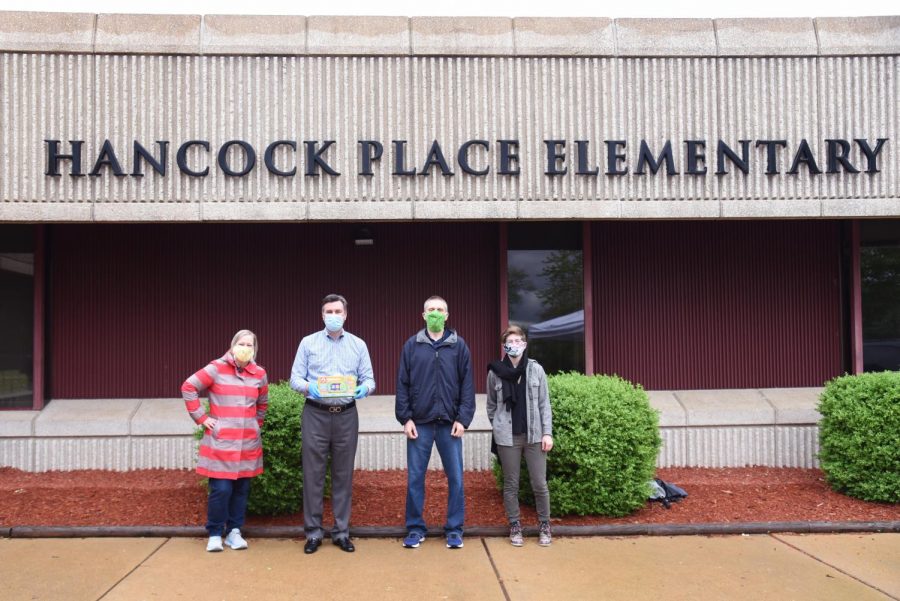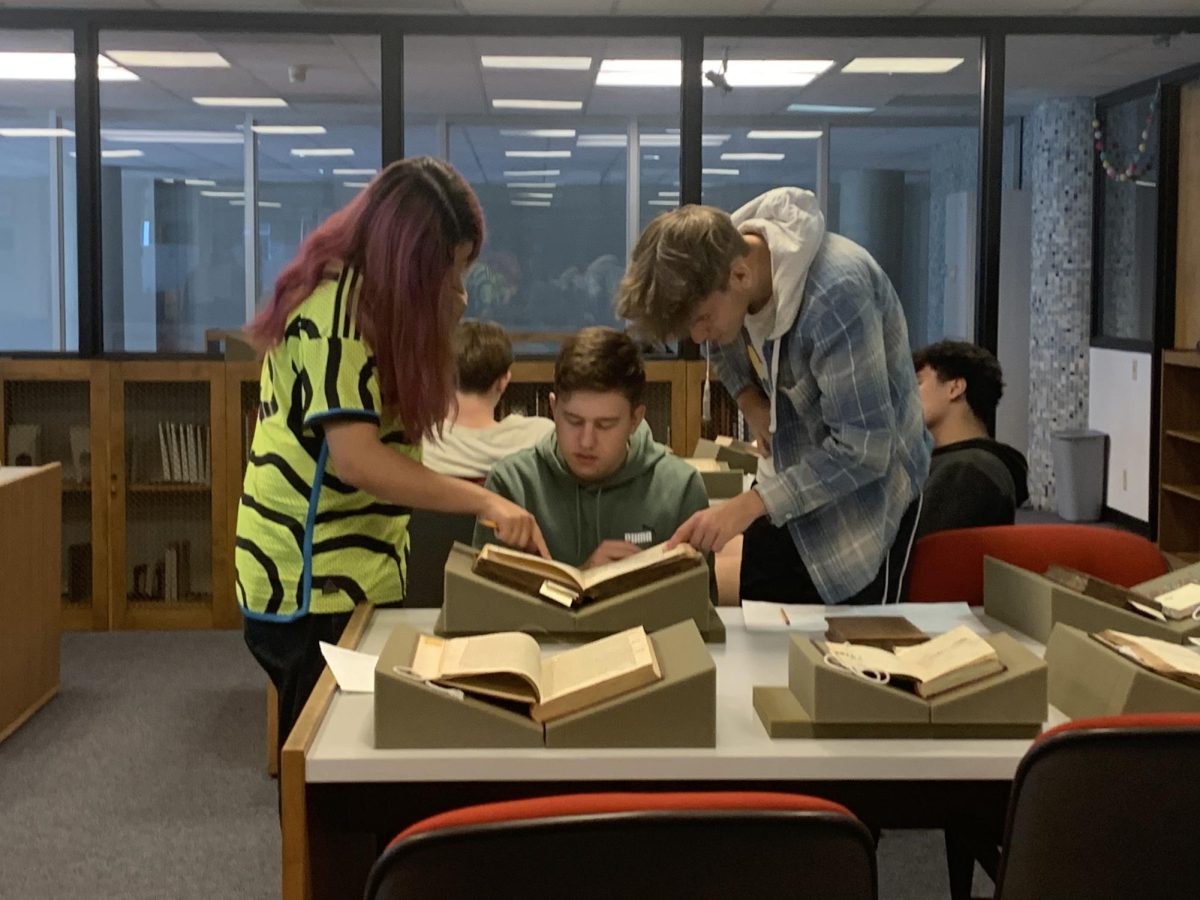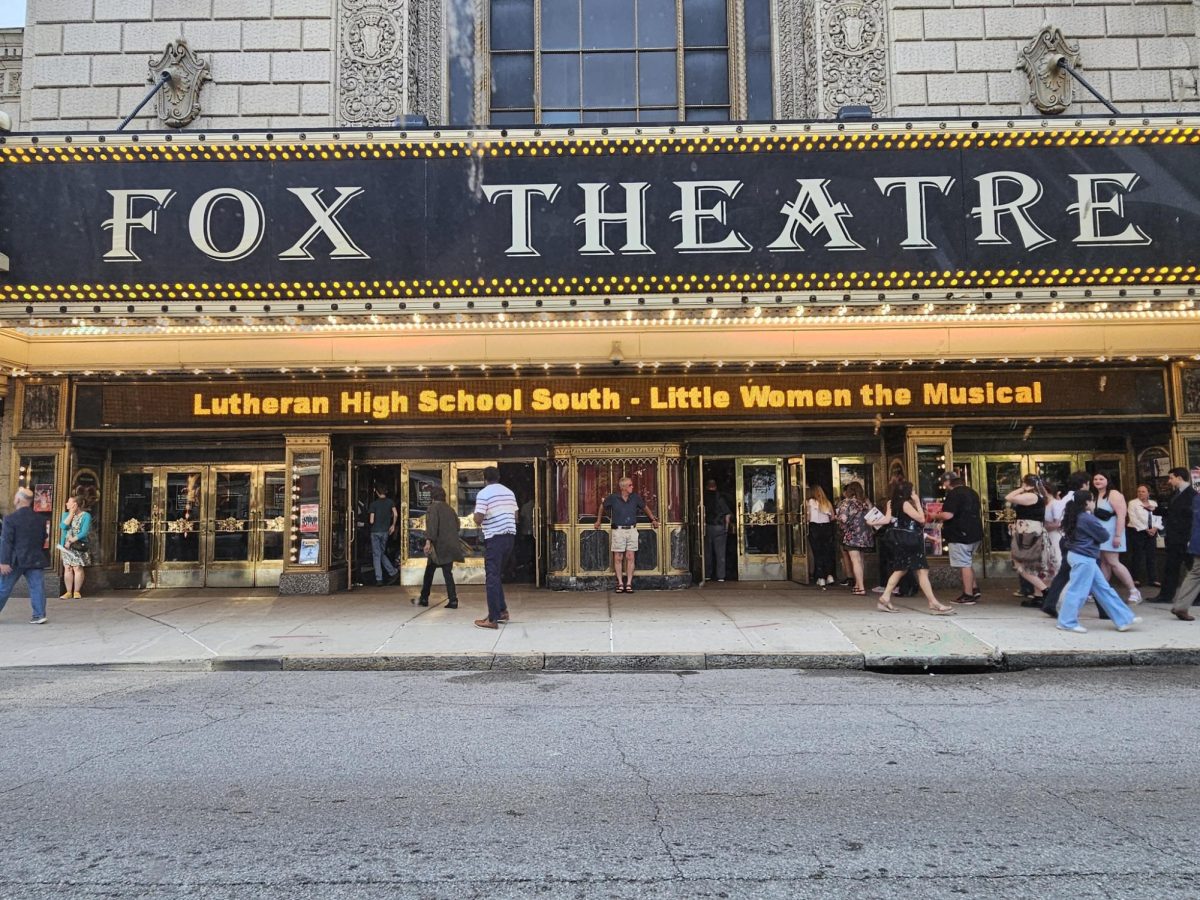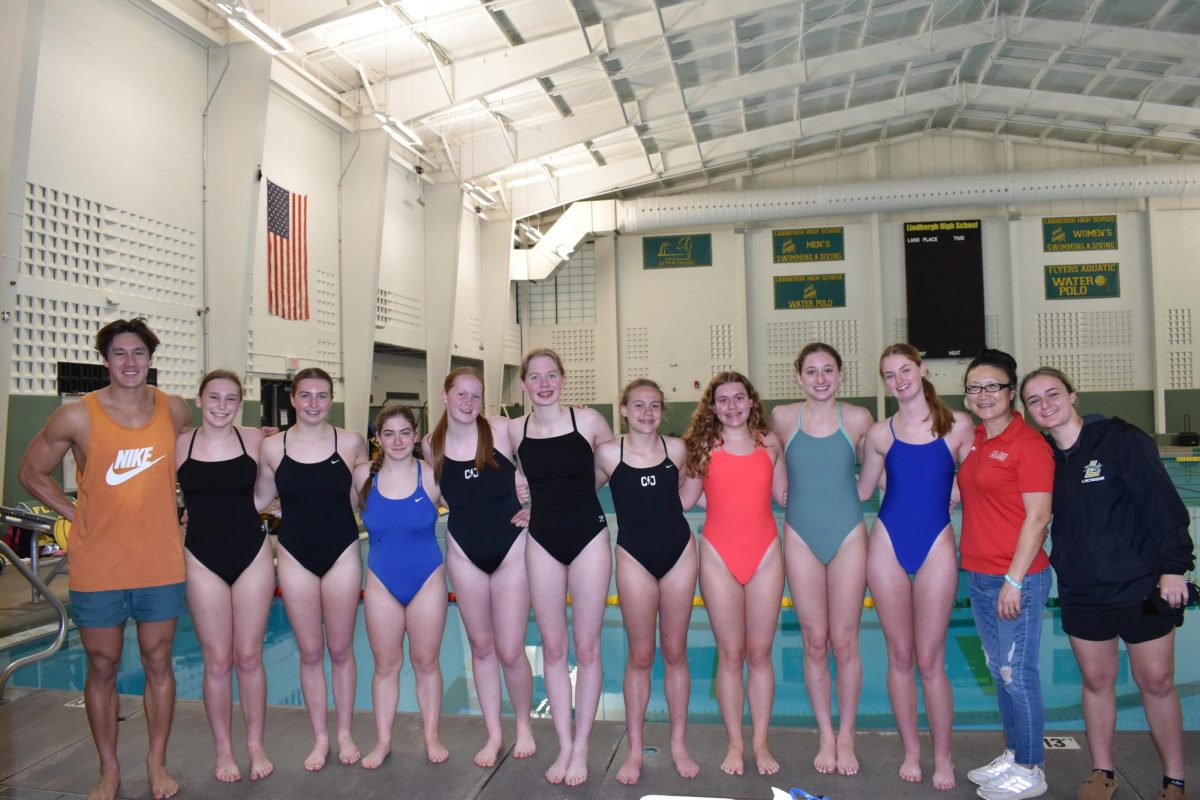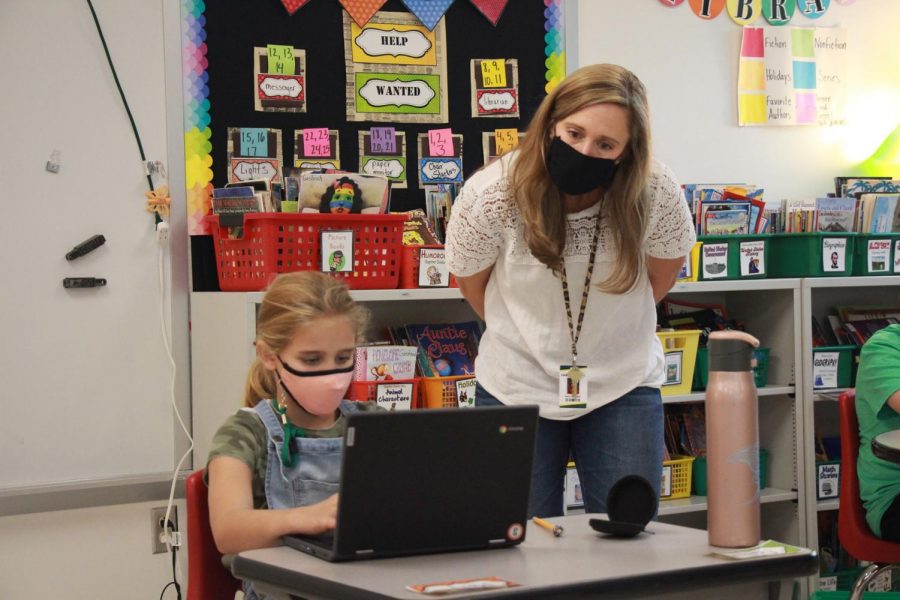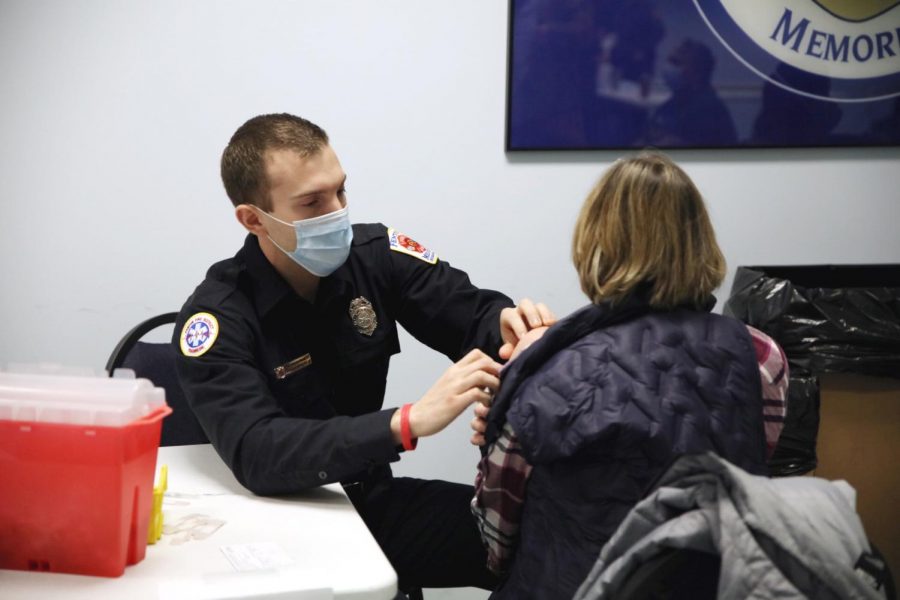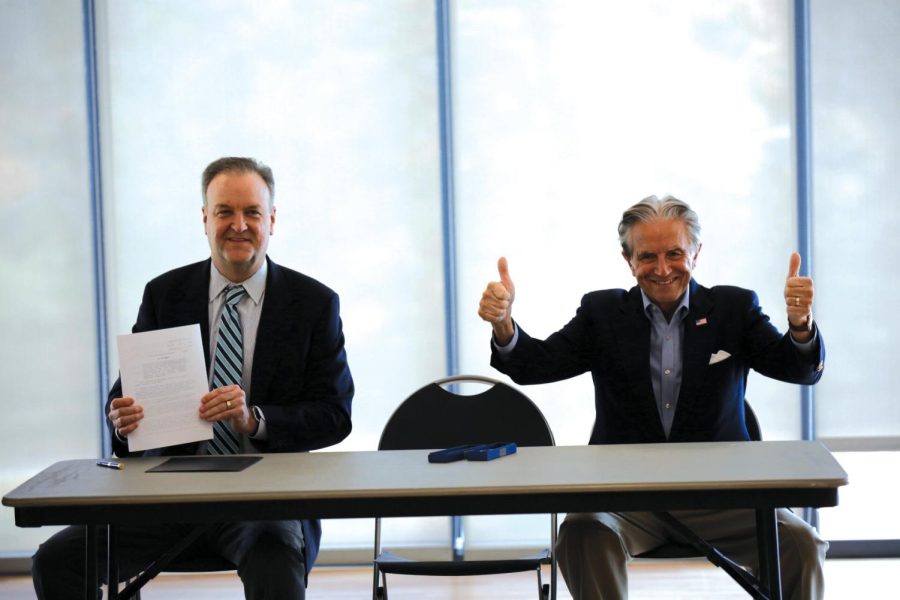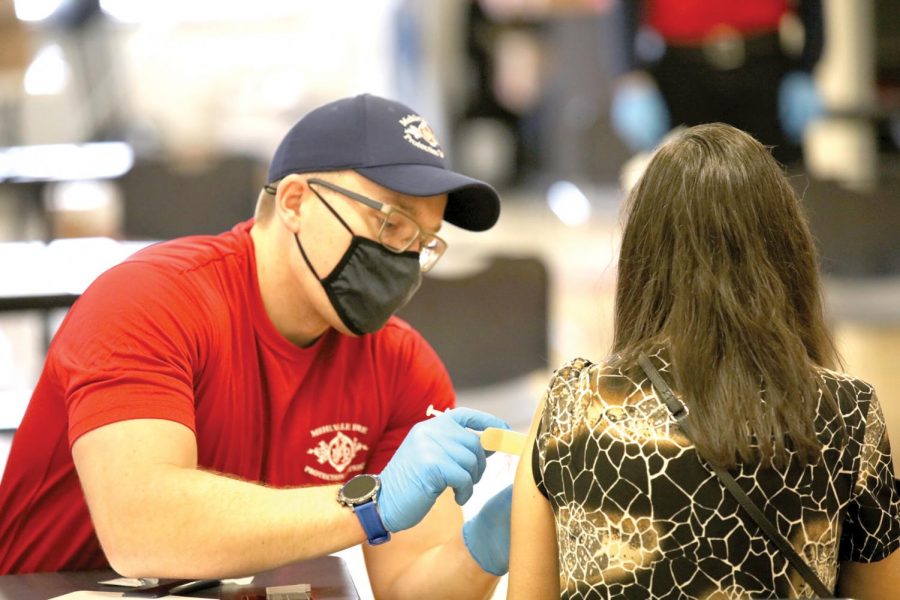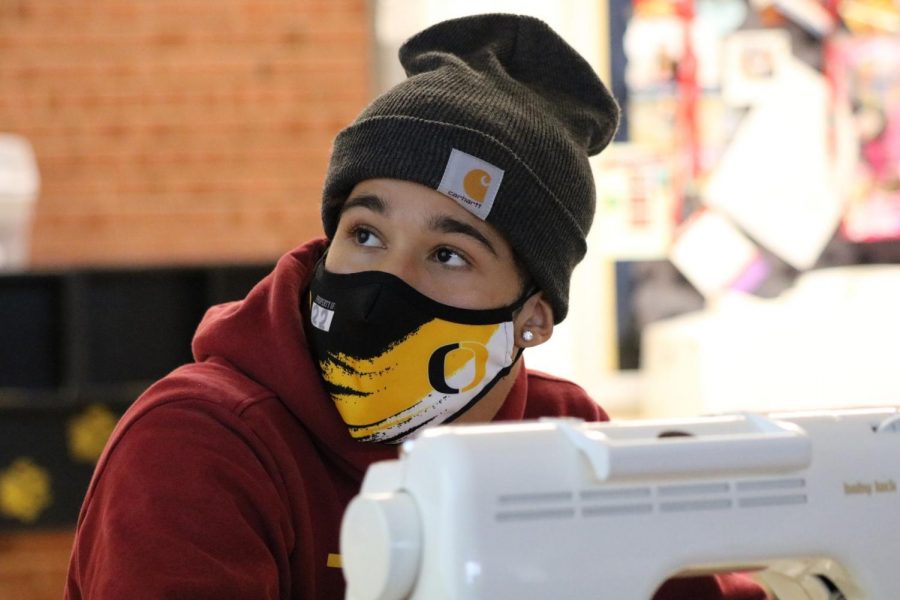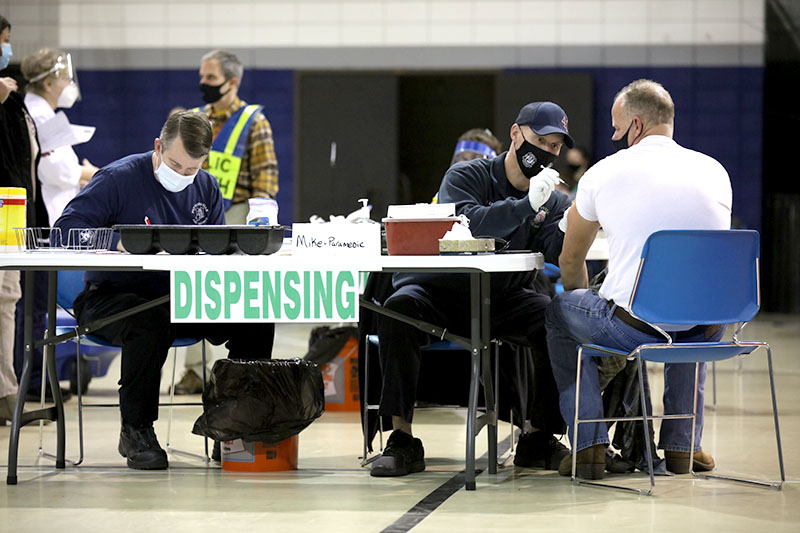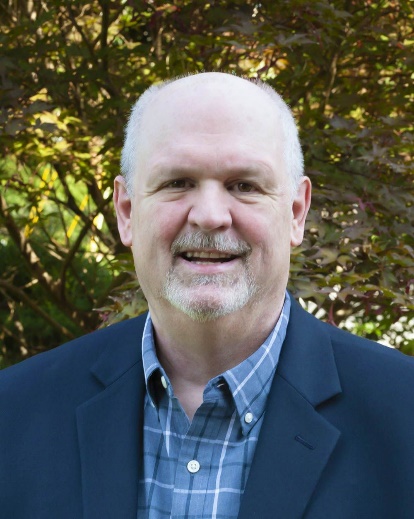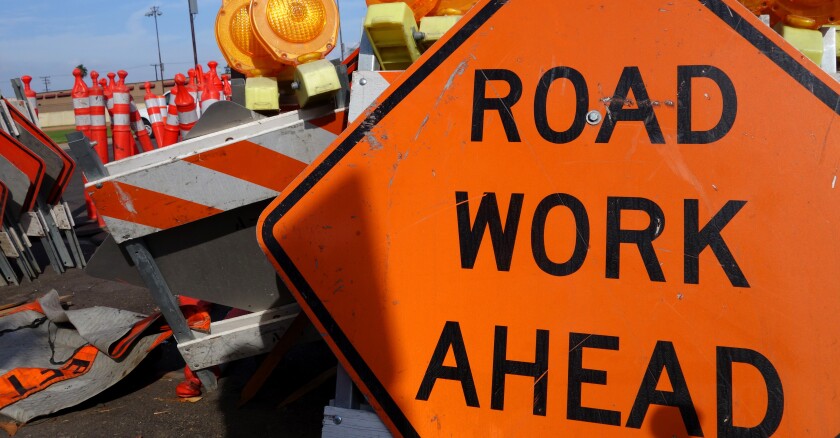Beginning in March 2020, the federal government began awarding Elementary and Secondary School Emergency Relief funds to school districts across the country.
The funds were given out in three rounds and have a limited timeframe in which they can be spent. Hancock Place School District received around $6 million over the three rounds, and Superintendent Kevin Carl said they have made a massive difference.
ESSER I funds, given that March, amounted to around $300,000 for Hancock. Carl said the district spent it on mitigation of COVID — things like bottle water fountains, cleaning materials, masks and gloves.
Money granted since then has gone to hiring additional staff to keep class sizes small and improvements to the district preschool. Twelve teachers, two guidance counselors and a couple instructional aids were added. Carl said Hancock Elementary doesn’t have a single class over 20 students.
“It allows us to give students the individual attention we know they need, especially those who weren’t in school last year because they were virtual,” Carl said. “We’re taking a lot of steps to provide support for students because we know they need it.”
The extra staff should provide extra tutoring opportunities for students who may need it.
Carl said the district preschool has received an influx of students in the past year, resulting in three full time classes for the first time in Hancock history. A fourth teacher was added to meet the demand and an extra class moved to the elementary school. The preschool has around 100 students total enrolled.
“If we can get our youngest students engaged in academics, we’ll be able to put them in a position to be successful,” Carl said.
The Bayless School District used the money in a similar fashion, with ESSER I money going toward masks, cleaning supplies, Chromebooks and initial virtual training for faculty.
Across all three rounds of ESSER funding Bayless received $4.3 million. Assistant Superintendent Michael Hawkins said the district has ESSER III spending planned out, with a majority of it to be used to make long lasting improvements to buildings.
“One of the areas we identified as needing improvement was our indoor air quality,” Hawkins said.
Improvements will be made to filtration systems and roofing. Outside of spending on capital, a large portion of those funds will address learning loss caused by the pandemic. Superintendent Ron Tucker said that would include extra teacher training and assessments to see where students are in terms of learning.
“Like most school districts right now, that’s how we’re trying to address the learning loss that was experienced over the past 18 months,” Tucker said.



